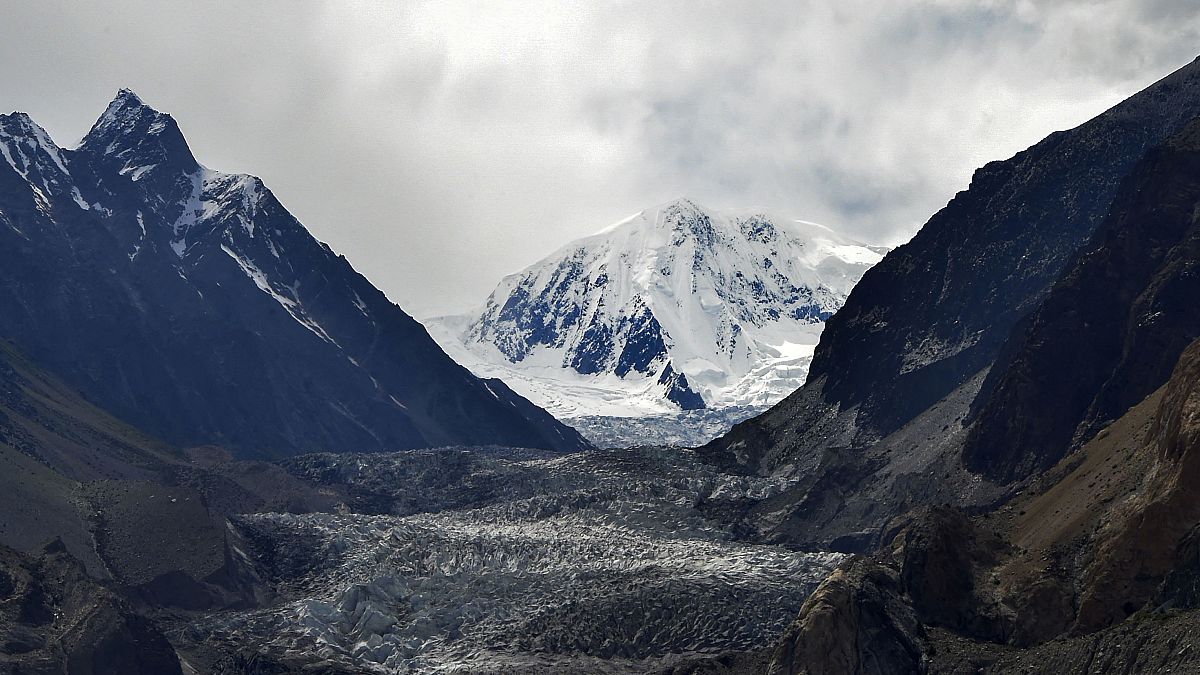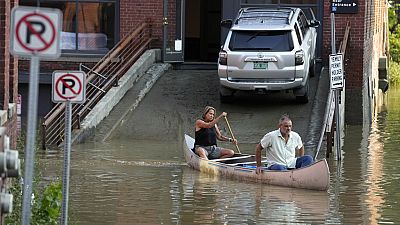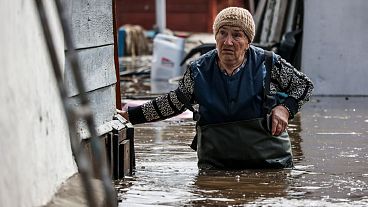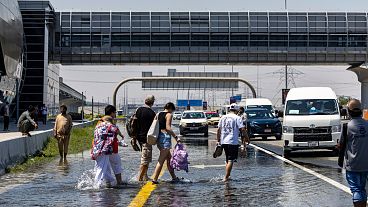Climate change-induced glacier melting in the Shounter Valley, Pakistan, is causing flash floods and endangering thousands of people.
The Shounter Valley in Pakistan held Kashmir, is often described as ‘heaven on earth’. It is renowned for its majestic mountains, waterfalls, lakes and glaciers.
But now the adverse effects of climate change are increasingly evident in these breathtaking landscapes.
Local volunteer Muhammad Luqman is deeply concerned about the future "The rate at which glaciers are melting, I fear that if this glacier bursts, as it did in Gilgit-Baltistan last year, and a flood occurred in Pakistan, 15,000 people in this area would be in danger," he says.
Floodwaters rise as glaciers melt in Pakistan
Flash floods in 2010 wreaked havoc on Shounter Valley, causing land erosion and extensive damage to crops and residential homes.
Residents of Domail Pine village witnessed the troubling consequences firsthand. They saw flood waters rising rapidly in the stream that flows near their homes, carrying water from the towering glacier.
Muhammad Rasheed Mughal, a 75-year-old villager, recounts the impact of last year's flood, which washed away bridges, residential houses, and land.
"Last year's flood swept away bridges, residential houses, land and everything. There has been heavy snowfall in the mountains this year,” he says.
“If the glaciers burst again this year and there is a flood, the remaining village will be washed away. We have no one to rely on, just sitting there with Allah's help".
How many glaciers are in Pakistan?
Pakistan boasts over 7,000 glaciers, one of the highest totals for any country on Earth.
According to the United Nations Development Programme (UNDP), by 2018, over 3,000 lakes had formed due to melting glaciers in the Gilgit-Baltistan and Khyber Pakhtunkhwa regions of Pakistan.
33 of these lakes are considered at risk of flooding, posing a serious threat to over 7 million people residing downstream.
Last year, the country experienced an unprecedented deluge and unexpected monsoon rainfall. It resulted in one-third of the nation being submerged and claiming the lives of 1,700 people.
Pakistan estimates floods have affected more than 33 million people, mainly in Sindh and Baluchistan provinces.
Flash floods and avalanches are becoming more likely
Another study published last week found that glaciers across the Hindu Kush Himalayan mountain ranges could lose up to 80 per cent of their volume this century if global greenhouse gas emissions aren't rapidly reduced.
Kathmandu-based International Centre for Integrated Mountain Development warned that flash floods and avalanches would become more likely in coming years.
The availability of freshwater could be curtailed for nearly 2 billion people who live downstream of 12 rivers that originate in the mountains.
Ice and snow in the Hindu Kush Himalayan ranges are an important source of water. The rivers, which flow through 16 countries in Asia, provide fresh water to 240 million people in the mountains and another 1.65 billion downstream.



